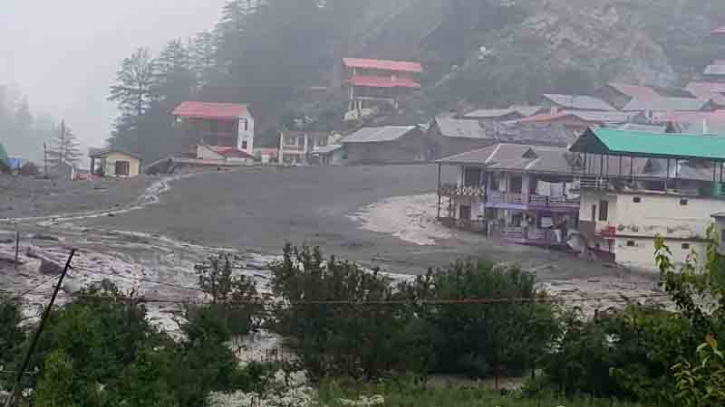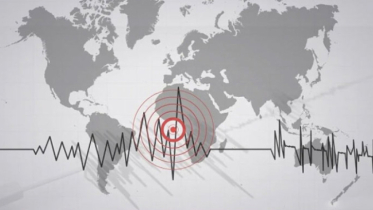
massive flash flood
At least four people have died and more than 100 others are missing after a massive flash flood struck the village of Dharali in Uttarkashi district, located in the mountainous northern Indian state of Uttarakhand. The calamity, which occurred on Tuesday afternoon around 1:30pm (local time), was triggered by an intense cloudburst in the Kheer Gad area near Harsil.
A statement from the Indian Army’s Central Command, posted on X (formerly Twitter), confirmed that a massive mudslide swept through the village, unleashing a sudden torrent of debris and water through the settlement.
Emergency teams from the Indian Army, State Disaster Response Force (SDRF), and National Disaster Response Force (NDRF) have been deployed in the area to conduct search and rescue operations, as many people are believed to be trapped under debris and collapsed structures.
What Happened?
The flash floods were a direct result of a cloudburst, a rare but extremely intense form of rainfall where more than 10 cm (3.9 inches) of rain falls in an hour. According to the India Meteorological Department (IMD), parts of northwest India, including Uttarakhand, received over 21 cm (8.3 inches) of rain within 24 hours — more than double the threshold to qualify as a cloudburst.
The torrential rain caused the Kheerganga River to overflow violently, leading to catastrophic flash flooding in Dharali, which lies between the Himalayan towns of Harsil and Gangotri.
What Is a Cloudburst?
A cloudburst is an extremely heavy downpour occurring over a small area in a short time, often accompanied by thunder, hail, and lightning. It is usually linked to cumulonimbus clouds, which contain large volumes of water vapor.
These events are especially dangerous in hilly and mountainous areas, as they quickly lead to landslides, flash floods, and large-scale destruction due to steep terrain and vulnerable ecosystems.
Impact and Rescue Efforts
Authorities have confirmed that dozens of homes and structures have been damaged or destroyed, with roads washed away and communication lines disrupted. Rescue operations are being hampered by difficult terrain and ongoing rain.
The IMD has warned that heavy rainfall is expected to continue in the coming days, raising fears of further landslides and floods in the region.
Is Climate Change a Factor?
Experts and scientific studies suggest a strong link between climate change and the increased frequency of extreme weather events such as cloudbursts and flash floods in the Himalayan region.
A study published in the International Journal of Disaster Risk Reduction highlights Uttarakhand’s vulnerability due to its fragile and unstable mountainous terrain, combined with limited adaptive capacity among local communities.
Glaciers such as the Gangotri Glacier, which is near Dharali, are retreating rapidly due to rising global temperatures. This melting contributes to swollen rivers, increasing the likelihood of flash floods.
According to the United Nations Environment Programme (UNEP), the continued rise in temperatures will not only shrink glaciers — threatening water availability for agriculture, domestic use, and hydroelectric power — but will also lead to increased solar radiation absorption, further accelerating global warming. As reflective ice is replaced by darker land and water, the Earth’s surface absorbs more heat, compounding the climate crisis.
A Region Under Pressure
This latest disaster highlights the growing strain on Uttarakhand, a state frequently in the news for monsoon-related disasters. From the devastating 2013 Kedarnath floods to more recent incidents of glacier bursts and landslides, the region is increasingly facing climate-induced challenges that require both disaster preparedness and long-term climate resilience planning.
Authorities on High Alert
State and central government agencies remain on high alert, with advisories issued for people living in vulnerable areas. Helicopters have been put on standby, and relief camps are being set up for displaced villagers.
Officials urge residents to avoid venturing near swollen rivers and landslide-prone zones, and to heed weather warnings as rescue operations continue in treacherous conditions.





























.png)
.png)







